Lobsters are found in almost every ocean of the world. They have long lifespans and don’t appear to grow weaker as they age. So how long could a lobster live in the best of circumstances?
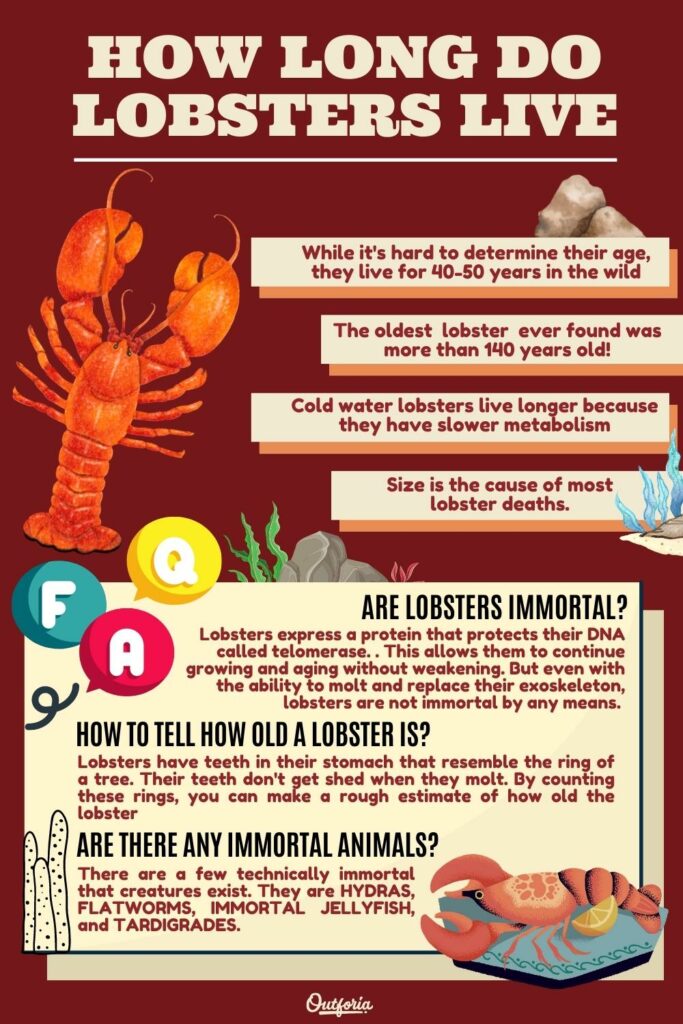
SHARE THIS IMAGE ON YOUR SITE
<a href="https://outforia.com/HOW-LONG-DO-LOBSTERS-LIVE/"><img style="width:100%;" src="https://outforia.com/wp-content/uploads/2022/12/how-long-do-lobsters-live-infographic-1222-683x1024.jpg"></a><br>HOW LONG DO LOBSTERS LIVE <a href="https://outforia.com">Outforia</a>Everything You Should Know About Lobsters
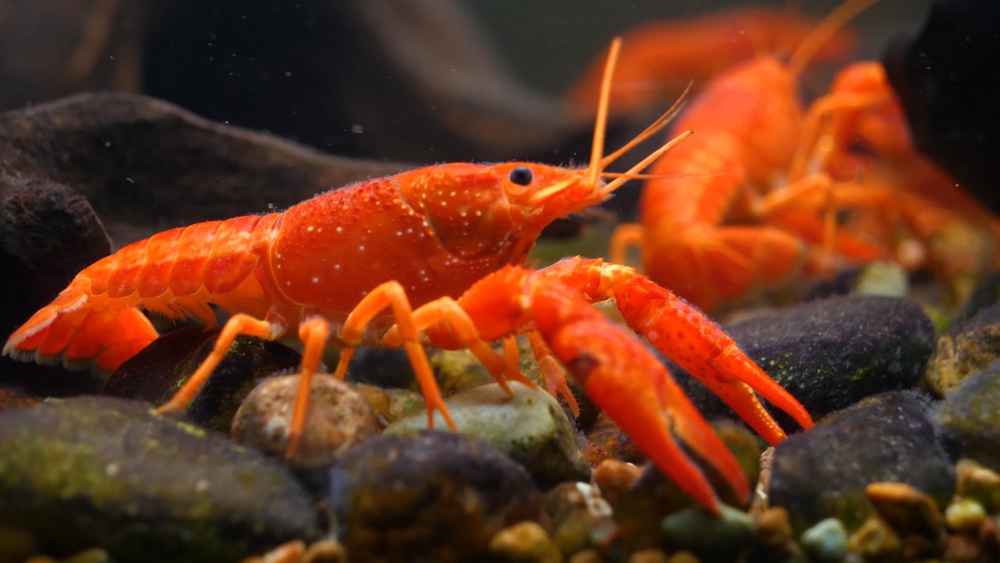
Lobsters are a family of large marine crustaceans. The group can be divided into warm water and cold water lobsters.
Most of the time, people think of the big, bright red lobsters when they think of a lobster. These are almost always the cold water lobsters of the American species.
Clawed lobsters and lobsters without claws are not closely related. The closest relatives of lobsters include crayfish and reef lobsters, not spiny lobsters.
Lobster Life Cycles
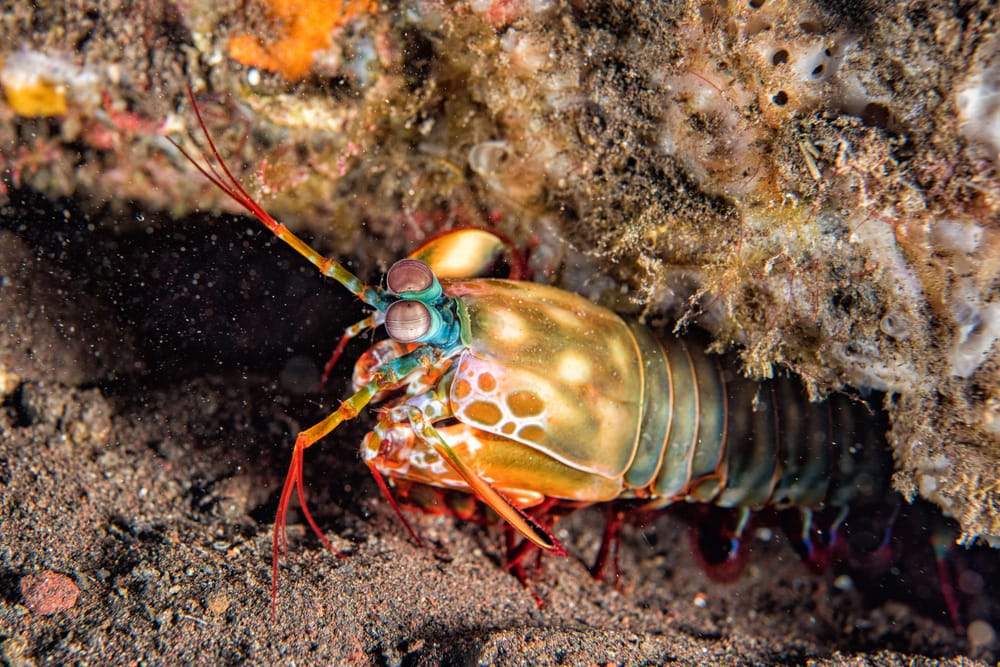
Lobsters spend most of their lives on the ocean floor. They love hiding in rocks and other structures along the seafloor.
They have five pairs of legs and a muscular tail they use for swimming. Their large front claws are used for fighting, defense, and catching food.
It takes lobsters between five and eight years to reach adulthood. They molt around 25 times during the period and weigh about 1 pound (0.45 kg) by eight years old.
Lobsters will continue to grow and molt throughout their lives. As they get older, the growth rate slows.
While it’s hard to determine their age, lobsters live between forty and fifty years in the wild. That’s if they aren’t eaten or caught by people. Once they grow large enough, it becomes more difficult for them to molt or find enough food.
Lobsters have a large and varied diet. They’re omnivores that feed on fish, mollusks, plants, and worms. They’re known to scavenge from bodies and can even resort to cannibalism in captivity.
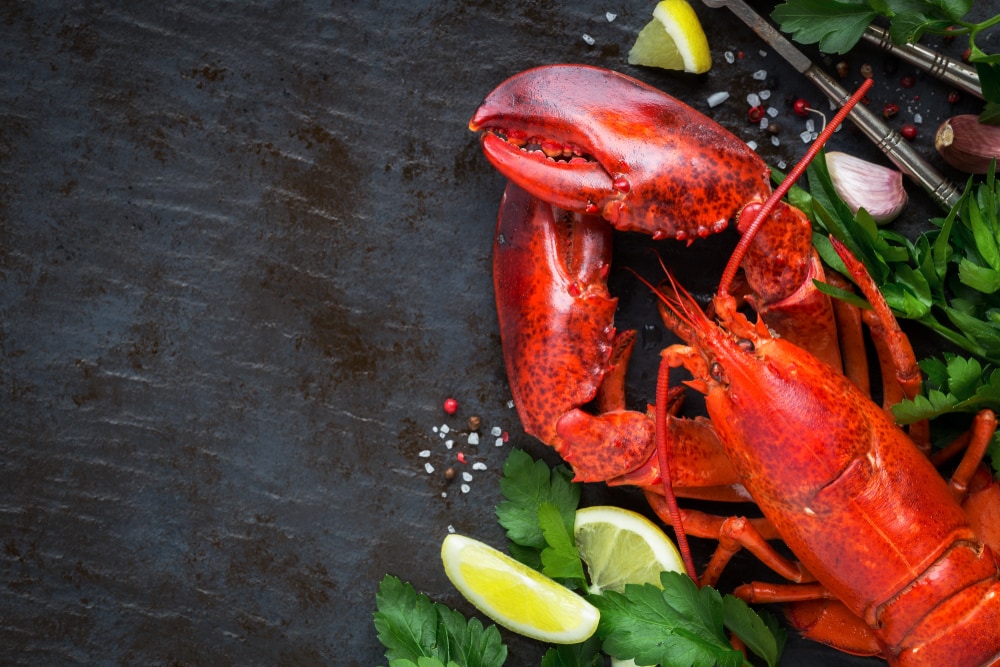
Of course, lobsters are considered a delicacy in much of the world. Their meat is rich, generally served steamed or boiled in the shell. People catch lobsters using woven traps that look like cages.
The lobsters enter through a small, one-way hole and can’t escape. They’re then brought onto a boat and sorted, with egg-carrying females being thrown back.
Are Lobsters Immortal?
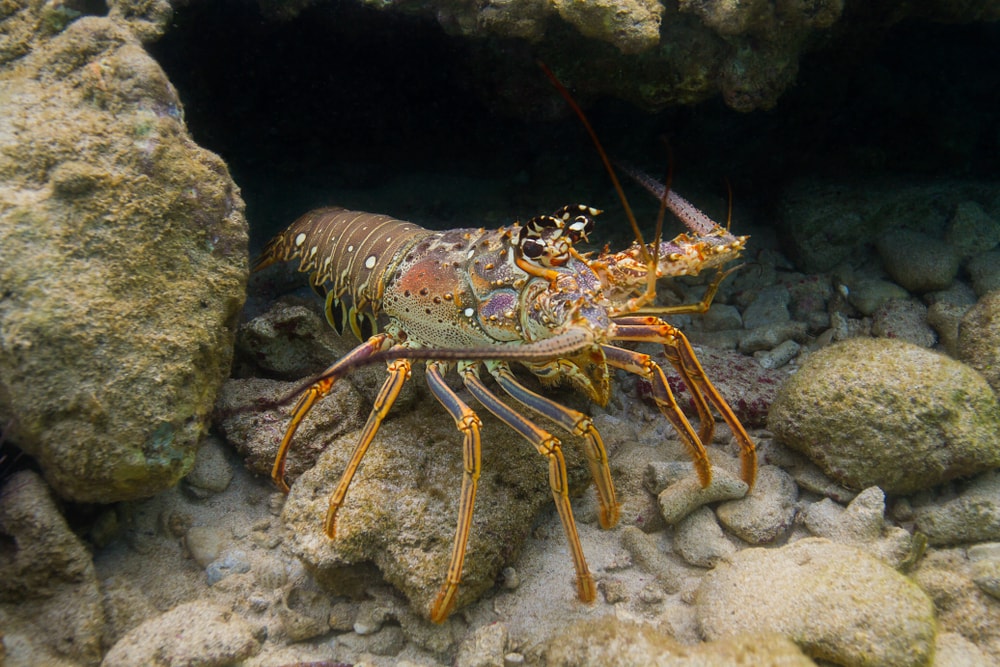
Some believe that if it weren’t for predators and hungry people, lobsters could live forever. Lobsters may continue to molt and never age, given a constant food supply.
While this is true, lobsters can have very long lifespans.
Cold water lobsters live much longer than those in warmer waters. This is entirely because the colder environment slows their metabolism. Lobsters in warmer regions like the Caribbean have faster metabolisms. This makes them age faster than cold water lobsters.
The oldest lobster ever found was more than 140 years old. One specimen that had been in a New York restaurant for twenty years was over 120 years old.
A healthy lobster may live an extremely long life. Unfortunately, lobsters age and die just like (almost) every other animal. Aging is a process we will delve further into later in the article.
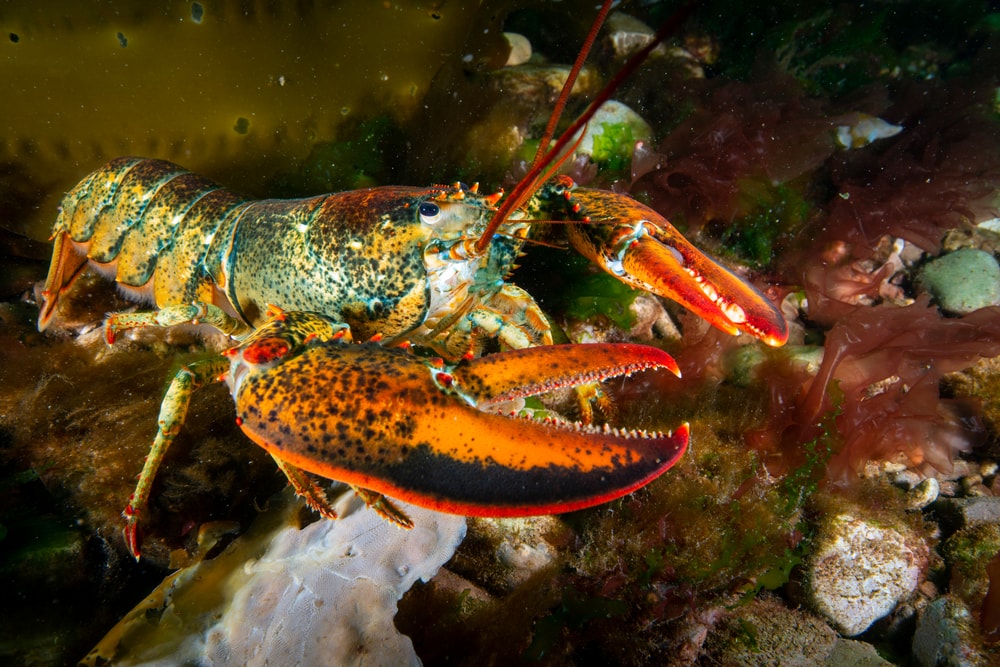
Lobsters express a protein that protects their DNA called telomerase. It repairs and protects telomeres, which we will also talk about later. This allows them to continue growing and aging without weakening.
Size is the cause of most lobster deaths. They either die of exhaustion while molting or when molting completely stops.
When their exoskeleton degrades from not being molted, they end up dying. Essentially, the lifespan of a lobster is determined by size.
No experiments have been done to determine the maximum lifespan of a lobster. But what if it had help to molt? Regardless, lobsters do show signs of aging. Their ability to molt and replace their exoskeleton does not make them immortal by any means.
How To Tell How Old A Lobster Is
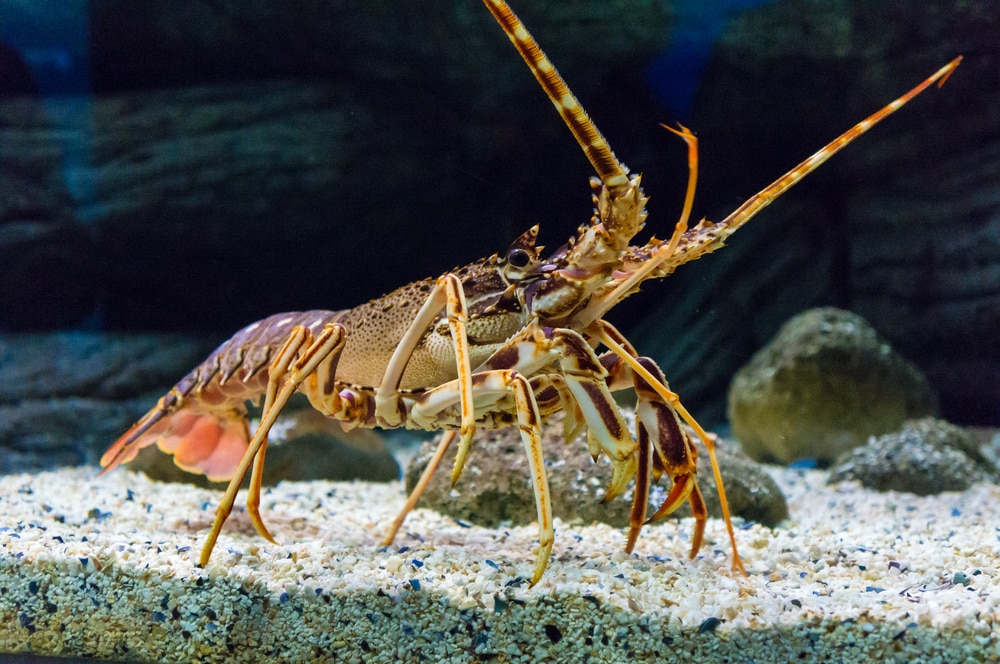
When a lobster molts, it replaces almost everything you could use to trace its age. Every hard part of its body gets replaced, from the shell to the gill flaps.
Soft body parts like the lobster’s organs aren’t a good way to tell you how old it is.
Thankfully, it has been discovered that lobsters have teeth in their stomachs. These teeth don’t get shed when the lobster molts. Moreover, they have lines on their teeth that resemble the rings of a tree.
They also have rings or sections on their eyestalks that grow at a similar rate to the lines on their teeth.
By counting these rings, you can make a rough estimate of how old the lobster is. At the moment, it’s still up for debate if the lines are affected by temperature or pressure changes.
Generally, lobsters and other crustaceans gain one ring per year. While some other factors may influence the growth, it gives a good idea of how long the lobster has been alive.
You may also like: 20 Different Types Of Crabs: Facts, Pictures & Chart
Are There Any Immortal Animals?
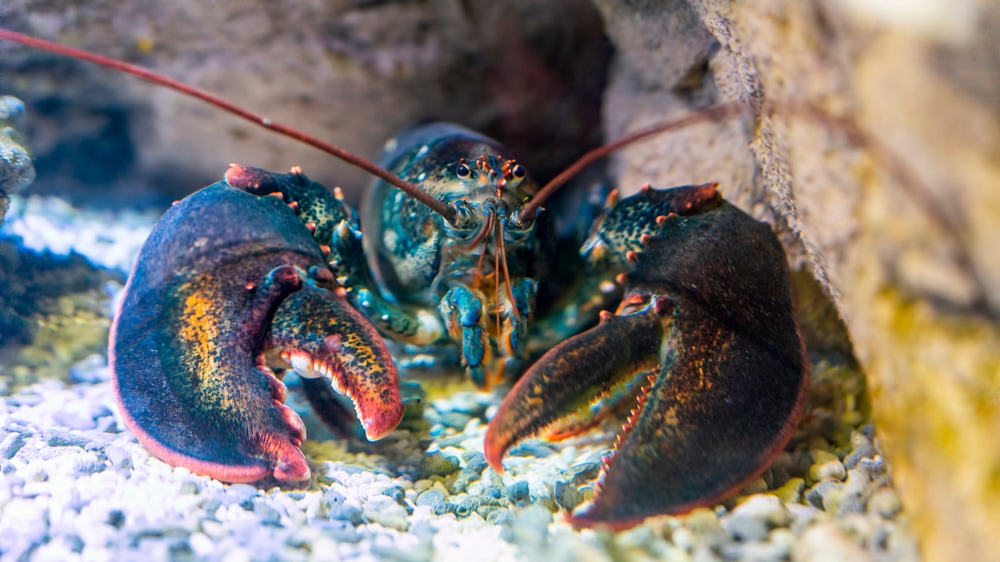
Mankind has always dreamed of immortality. Creatures like elves, dragons, golems, and even gods have some sort of immortality.
In myth, immortality may be incredibly long lifespans or the inability to die by normal means.
But is there any kind of organism that is truly immortal? To answer that, we first have to learn about aging and its causes.
What Determines Biological Aging?

Aging is something we all kind of fear but will inevitably happen. But what actually makes an organism age?
Throughout an organism’s life, its cells divide. This almost-constant process ensures you have healthy cells and can repair injuries.
Inside each cell is a set of instructions called DNA. This DNA is coiled up into neat packets called chromosomes.
Every cell of an organism contains these instructions. It determines what type of cell it is and what its function is. It also contains instructions for it to replicate and divide.
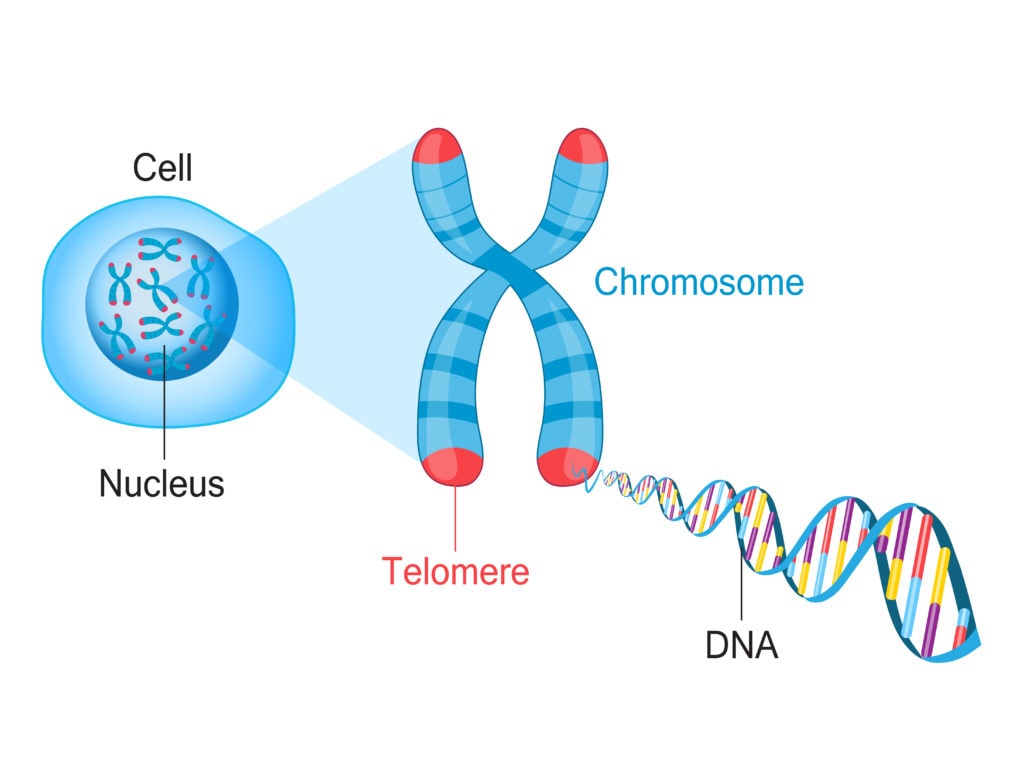
At the end of each end of the chromosome is a structure called a telomere. It has a complicated job but can be broken down in simple terms. It protects the DNA from mixing itself up and makes it easier to copy. It also makes it easier to repair if damaged and keeps errors from happening when the cell splits.
Each time a cell divides, the telomeres get shorter. When the telomere gets too short, the cell self-destructs and destroys itself. This helps prevent cells from becoming bad cells like cancer.
Telomeres act as a biological clock. When they run out, those cells no longer replicate. This leads to problems that can cause an organism to die. We call it dying of old age.
Every species has different natural telomere lengths. And lifestyle habits can change how fast they degrade. Telomeres are found in every kind of life on earth.
Technically Immortal Organisms
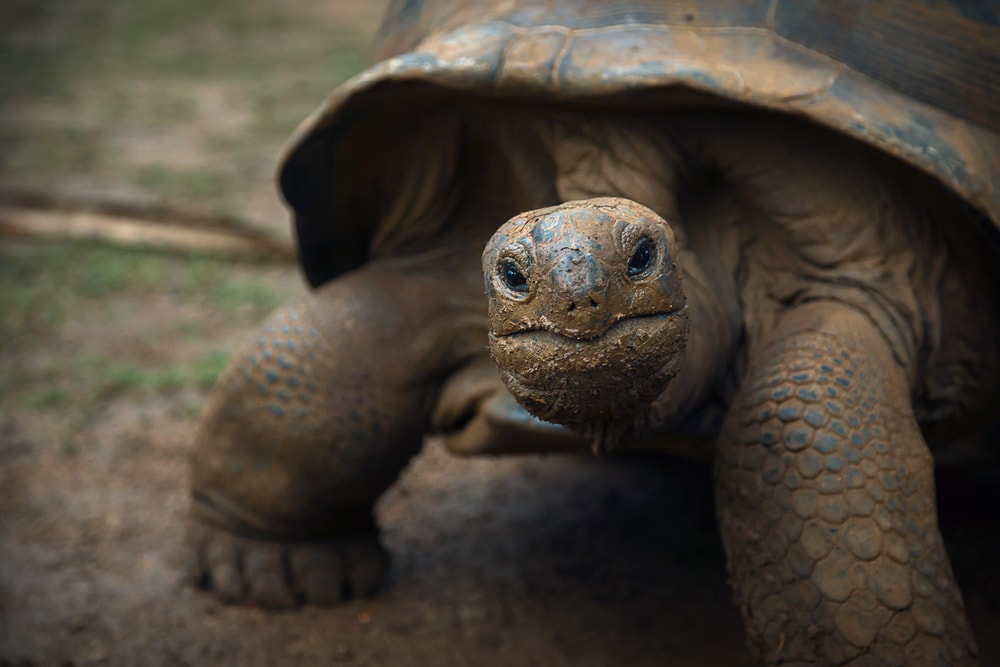
Lobsters, turtles, and Greenland sharks are a few examples of incredibly long-lived creatures. Each can theoretically survive for centuries if left untouched by predators or disease. But they are not truly immortal.
Unlike these better-known animals, a few technically immortal creatures exist. Most of them you can consider extremely weird.
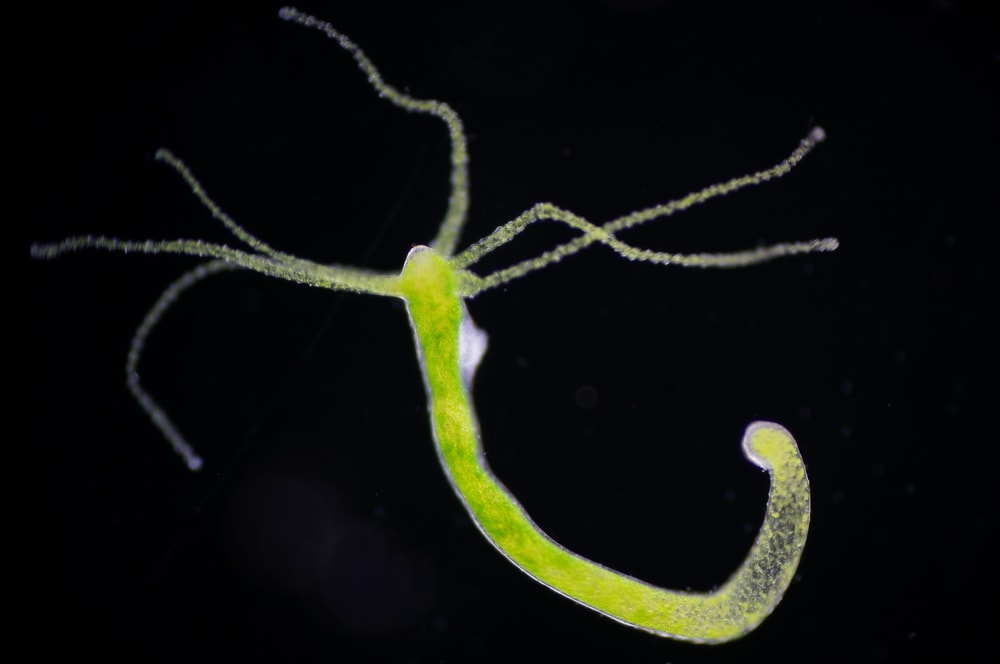
Hydras aren’t just creatures from ancient Greek myths. The animal that took up the name Hydra is one of the very few technically immortal creatures to exist.
They’re a freshwater species of cnidaria, very small animals. They only measure around 0.39 in (10 mm) in length. They got their name from the many tentacles surrounding their mouth, like a hydra head.
Hydras don’t appear to show signs of aging and have incredible regeneration abilities. They can continuously divide and create newer, younger cells. Even injury doesn’t seem to kill them, making them essentially immortal.
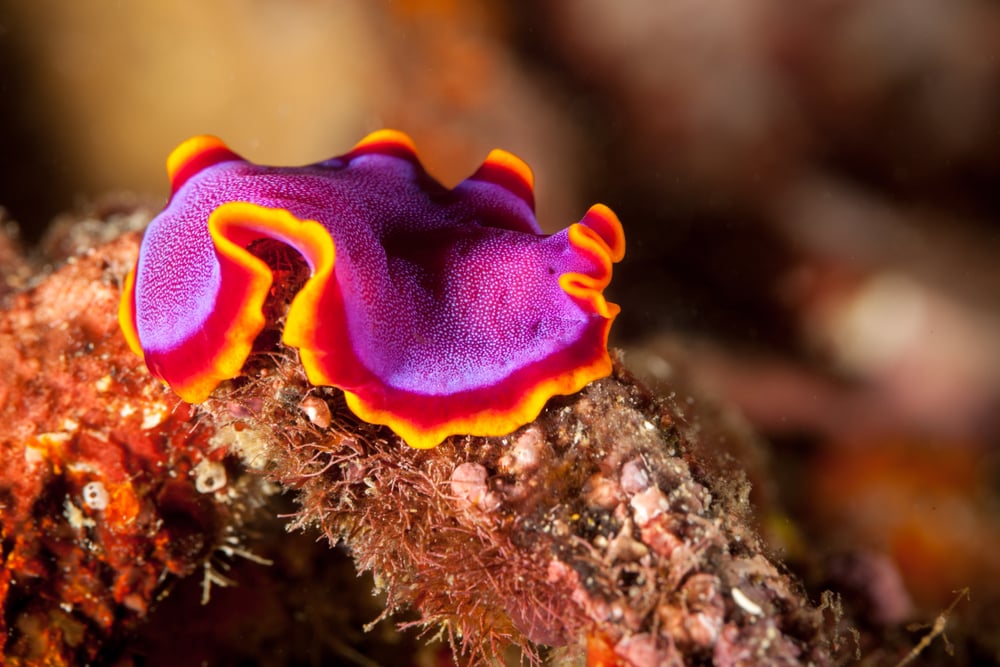
Flatworms are another immortal animal. They appear to have the ability to reverse aging by replacing old or injured cells in their body. This means they can infinitely cheat death and return to their younger forms.
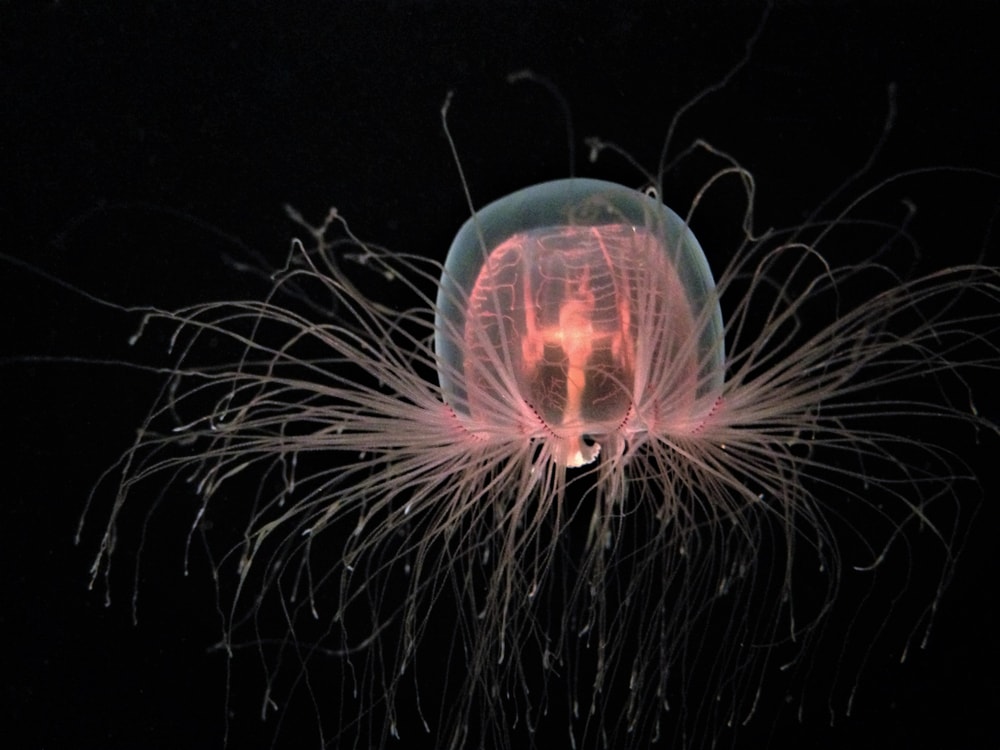
Another part of the Cnidarian family, the jellyfish, seem to be immortal.
While most types of jellyfish have short lives, Turritopsis nutricula or immortal jellyfish is a different story. After reaching its adult stage, it can revert back to a polyp. This means that it grows to become an adult, then turns itself back into a baby and is born again.
It’s the only known animal with this ability.
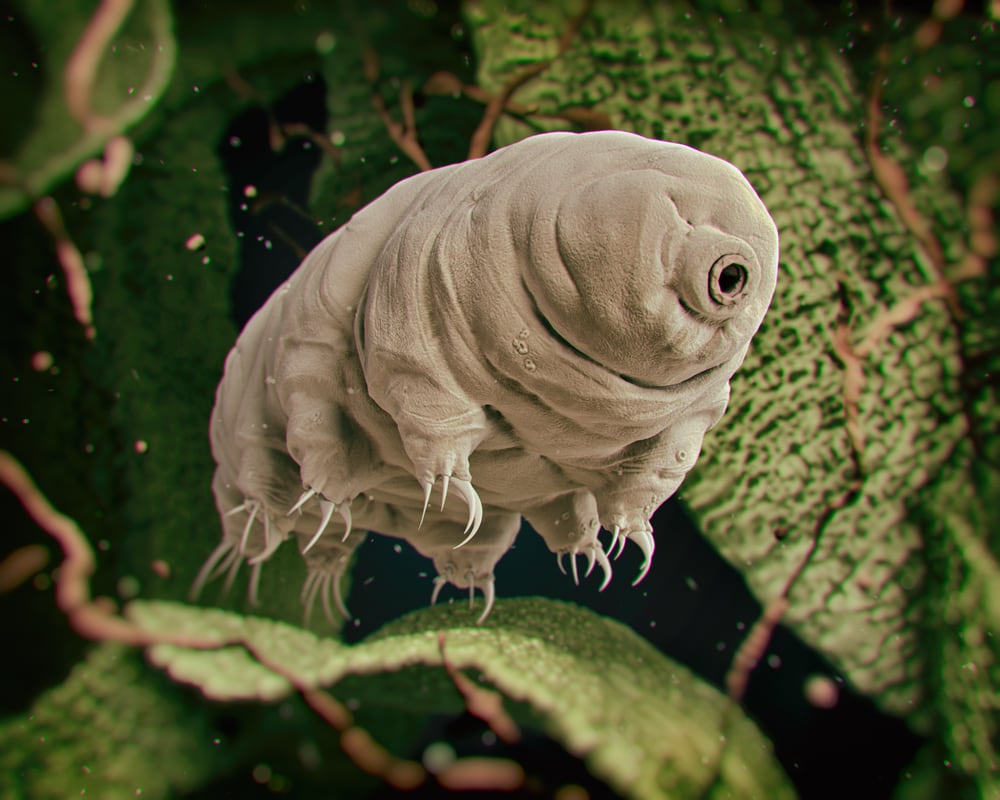
Other creatures like tardigrades and single-celled organisms can live for thousands of years.
They achieve this most of the time by slowing or stopping their metabolism. Some trigger has to cause it, such as an aquatic species not having access to water. They then wait until the conditions get better before waking up and reviving.









